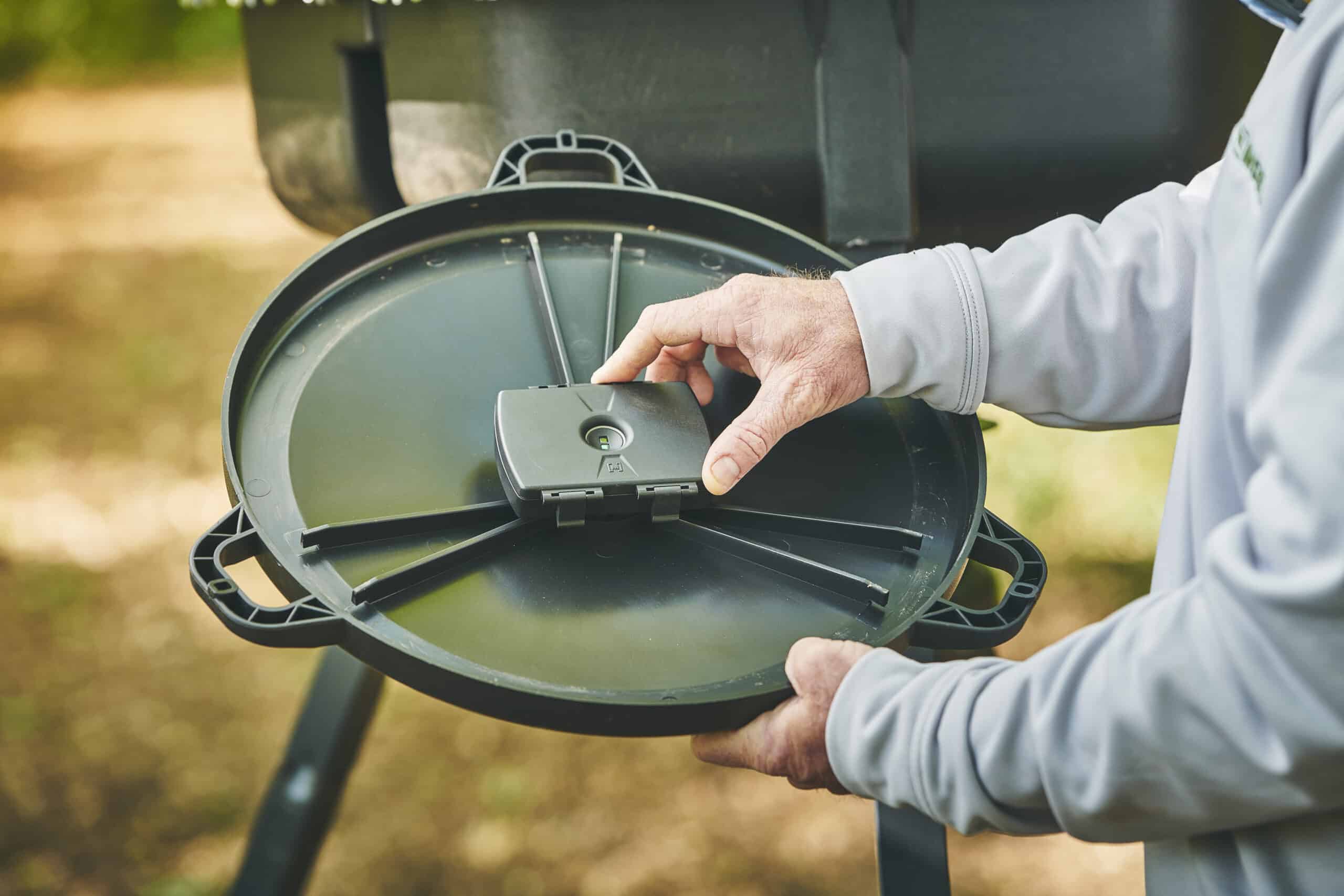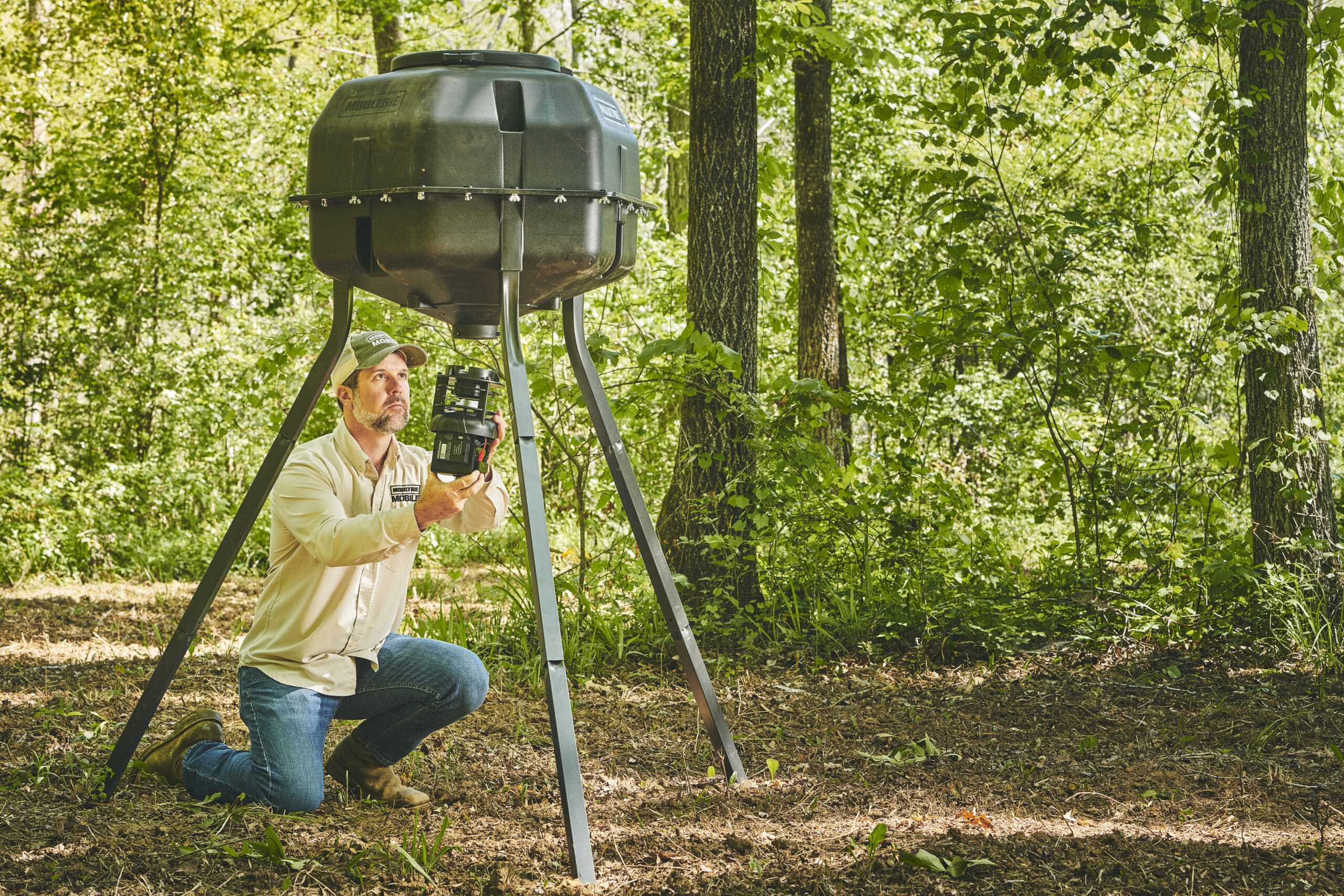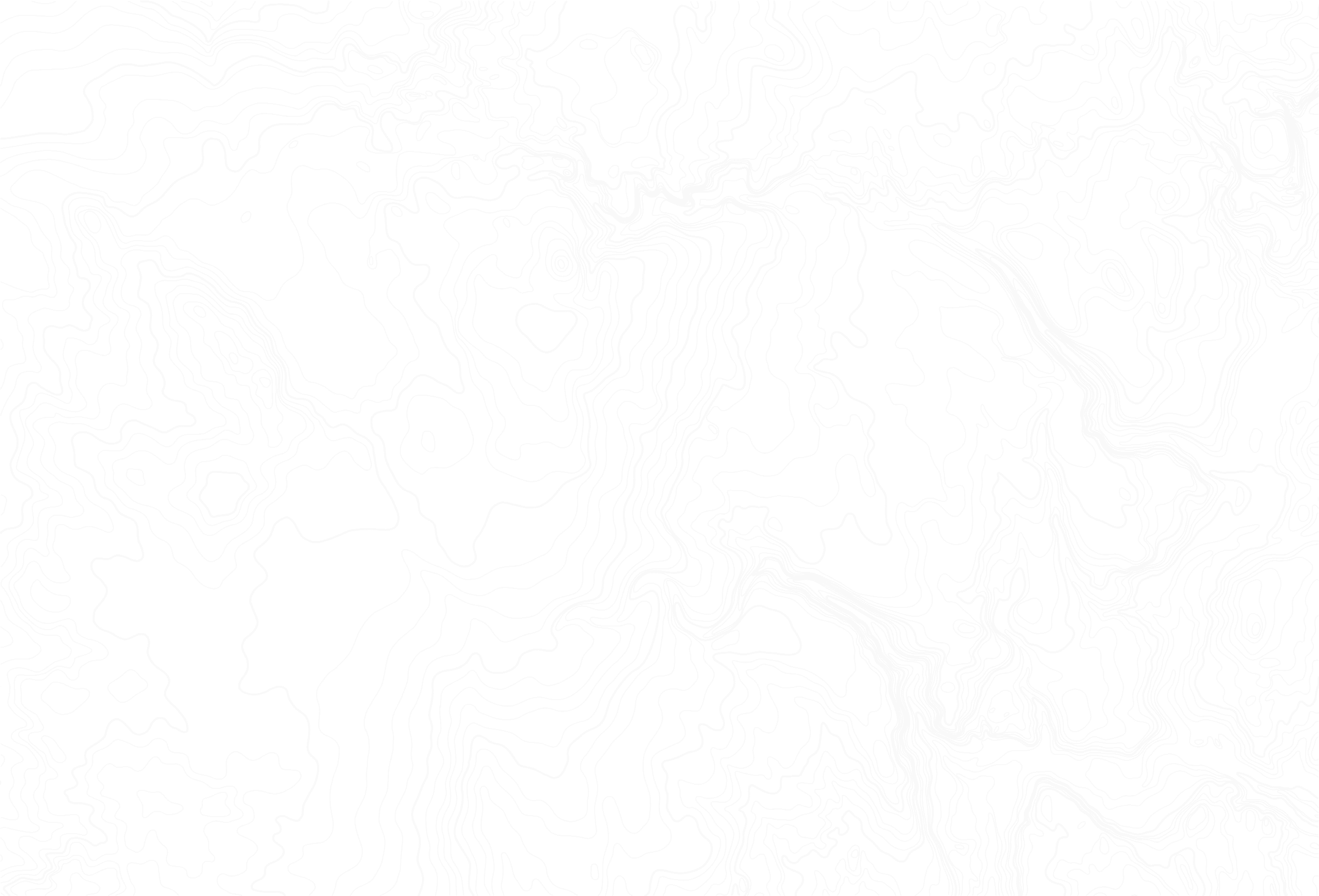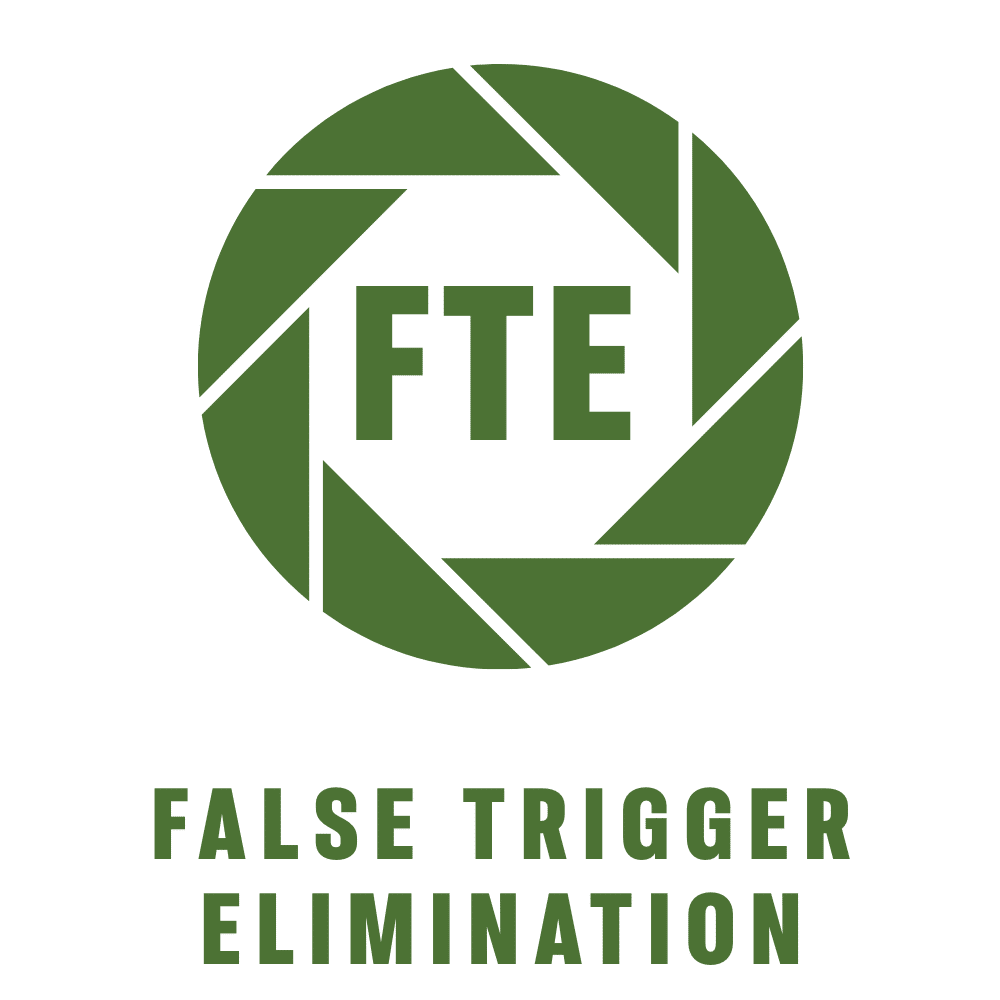Get the Most Out of Your Spincast Feeder
Providing supplemental food to whitetail deer is fairly straightforward. You can plant food plots, of course. Or you can put grain or pellets on the ground, in a trough, or use a Spincast Feeder to broadcast them for easier consumption. All of these are part of a whitetail feeder management plan you’ll have to use based on your goals, budget, and hunting property.

Spincast feeders are easy to use. Assembling them is easy, too. Today’s models are constructed to be tough, lasting for years, and protect the grains or pellets inside. After assembly and placement, you fill the barrel with your grain or pellets, set the timing mechanism, and that’s it. With the introduction of the Moultrie Mobile Feed Hub, you can monitor feed levels, adjust the timing, amount, and more from anywhere. Remote feeder management is easier than ever, thanks to this new technology.
Why Use Spincast Feeders?
Deer feeders aren’t new. Neither are planted food plots. Both have been in use for decades in some fashion. Hunters poured out corn, grains, apples, or other attractants many years ago. When I began hunting in the late 1970s, my father and his friends had planted “food plots” for several years with winter wheat and rye. None of this is new.
Hunters for years have wanted to help deer and wildlife, see more deer and wildlife, and in some cases make it easier to kill a deer with the help of food sources. Fred Bear did it. Native Americans did it. Today, Spincast Feeders make it more streamlined, straightforward, and fun, especially if your property is in another state and you’re into remote land management.
Spincast feeders are fantastic hunting tools to get camera images of bucks, does, and fawns. Other animals that eat grains, such as turkeys and feral pigs, also can be captured on camera. All this gives you an excellent data resource to build a plan for hunting, predator management or adjusting your feeding schedule and timing. Deer feeder management doesn’t come with an Easy Button. It’s not brain surgery, but getting things dialed in for the best results takes some time. With the Feed Hub system, for example, you can use the app to manage the deer feeder from anywhere and the Moultrie Mobile app for your camera images.
In states or areas where deer populations are higher, and doe limits are more liberal, hunters who take advantage of this can use feeders and cameras as part of herd management plans. Setting the timer for a more extended broadcast period puts more grain or food on the ground and thus can help attract and keep more does and bucks in the area. This gives you time to see the different deer, take notes on the bucks, and begin forming a plan before your hunting season opens.
Tips for Spincast Feeders
The distribution mechanism for Spincast Feeders is designed to allow a little door to open at a particular time so grains or pellets can flow via gravity into the spinner. The latter looks similar to a blade fan, with the wings set at a specific angle to fling the food away from the feeder. This sets up a zone around the feeder where animals can find and enjoy the food.
Finding the right location for your deer feeder is essential. You don’t want it in an area that regularly floods, like near a creek or river. If possible, learn the high-water mark in an area like that and place the feeder above it. I have a situation like this and know the line, and my feeder is out of the danger zone. That way, even in a destructive flood, the feeder won’t get toppled by debris, and food won’t get washed away. After setting up the feeder and staking it into the ground, I’ll use a weed eater and leaf blower to clear everything in the distribution zone. This puts the food on the ground instead of in leaves or debris.
Your grains or pellets should be free of large debris that could clog the feeder. Using whole or broken cobs of corn isn’t good; they will jam the feeder system. Using corn, use bagged whole grain or cracked that will be distributed easily from the spinner. Protein pellets often are used for supplemental feeding; be sure to check before buying to make specific pellets that are good to use with Spincast Feeders.
When checking or filling your feeders, especially in the Southeast and Southwest, look for snakes in the area. Mice, varmints, and small animals that eat corn or grain are tasty goodies for rattlesnakes and other species. Like other predators, snakes take advantage of every opportunity to eat a meal. Be on the lookout.

Other Common Issues to Avoid with Deer Feeders
Feeder management plans aren’t always foolproof, thanks to different issues that can crop up occasionally. Learn to avoid these and make your life easier.
— Every time you check on or fill your feeder, ensure the feed hopper, spinner, and unit are working correctly. This helps avoid jamming. Check all locks and seals on lids and any connections.
— Replace batteries if your unit has them. If you’re on a solar system with backup batteries, replace them. Don’t take a chance.
— Monitor the food levels with your Moultrie Feed Hub system and phone app. They’re straightforward to use and offer 24/7 adjustment to optimize your deer feeder management plan on the go. The Feed Hub also allows you to keep up with battery power levels, and should anything happen to jam the system, the feeder level setting will let you know something’s amiss.
The food level setting on the Feed Hub shows you exactly how much food is in the container. No more guessing is necessary. You can remotely control the amount of food being distributed, turn it off completely, and even set up the Feed Hub on other brands of feeders. Feeder management is more accessible today thanks to this new system.
The best Spincast Feeders for deer hunters are getting better every year. Super features, better construction, remote operation, and more all combine to give you the best chance of helping deer and other wildlife while enjoying your time in the woods even more.


Featured
Juicy homemade jalapeno cheddar brats are perfect for grilling all summer long. They’re packed with all the right seasonings and fresh ingredients, making them extra tasty.

Featured
MeatEater and Moultrie Mobile join teams to bring hunters closer to nature.

Featured
These wild turkey skewers are tender and smothered in a homemade teriyaki glaze. Wild turkey sometimes gets a bad reputation for being a tough meat but when prepared properly using the steps in this recipe, the results are amazing.



